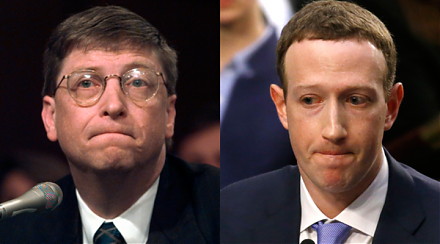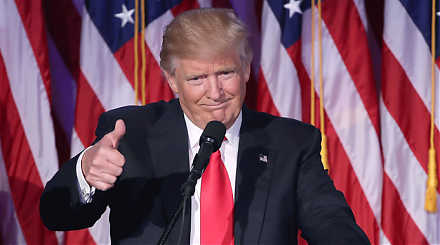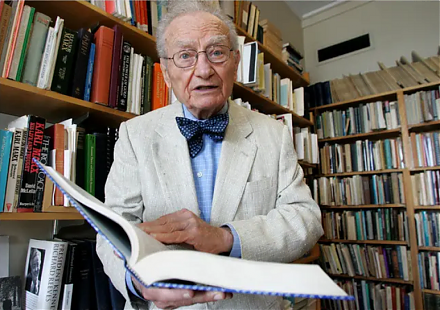

2019-10-17 08:35:00 Thu ET
federal reserve monetary policy treasury dollar employment inflation interest rate exchange rate macrofinance recession systemic risk economic growth central bank fomc greenback forward guidance euro capital global financial cycle credit cycle yield curve
The European Central Bank expects to further reduce negative interest rates with new quantitative government bond purchases. The ECB commits to further cutting negative interest rates to -0.5%. Also, the ECB refreshes radical monetary stimulus in the form of quantitative-easing (QE) government bond purchases. In particular, the ECB plans to buy €20 billion government bonds each month from November 2019 onwards. As the ECB president Mario Draghi expects to step down in late-October 2019, this key monetary stimulus helps fulfill his landmark legacy about a decade after the global financial crisis of 2008-2009.
Moreover, this strategic move serves as a defensive response to the recent dovish interest rate reductions in the U.S. and other countries such as India, New Zealand, and Thailand. In terms of global monetary policy coordination, these interest rate cuts anchor low and stable inflation expectations and exchange rates worldwide. The ECB can successfully assuage the concern and suspicion that most French and German central bank hawks share in recent times. Yet, the persistent negative interest rates and ad hoc QE government bond purchases draw direct criticisms from UBS and Deutsche Bank. The current monetary stimulus may or may not be sustainable in the long run.
If any of our AYA Analytica financial health memos (FHM), blog posts, ebooks, newsletters, and notifications etc, or any other form of online content curation, involves potential copyright concerns, please feel free to contact us at service@ayafintech.network so that we can remove relevant content in response to any such request within a reasonable time frame.
2019-04-30 19:46:00 Tuesday ET

AYA Analytica finbuzz podcast channel on YouTube April 2019 In this podcast, we discuss several topical issues as of April 2019: (1) Our proprietary
2023-11-30 08:29:00 Thursday ET

In addition to the OECD bank-credit-card model and Chinese online payment platforms, the open-payments gateways of UPI in India and Pix in Brazil have adapt
2018-09-13 19:38:00 Thursday ET

Bill Gates shares with Mark Zuckerberg his prior personal experiences of testifying on behalf of Microsoft before U.S. Congress. Both drop out of Harvard to
2017-01-03 03:26:00 Tuesday ET

President-Elect Donald Trump wants Apple and its tech peers to consider better and greater high-tech job creation in America. Apple has asked its primary
2019-04-01 08:28:00 Monday ET

OraSure and its subsidiary DNA Genotek specialize in the lean production of home DNA spit tubes. OraSure extracts core genetic information from microbiome s
2023-05-14 12:31:00 Sunday ET

Paul Samuelson defines the mathematical evolution of economic price theory and thereby influences many economists in business cycle theory and macro asset m